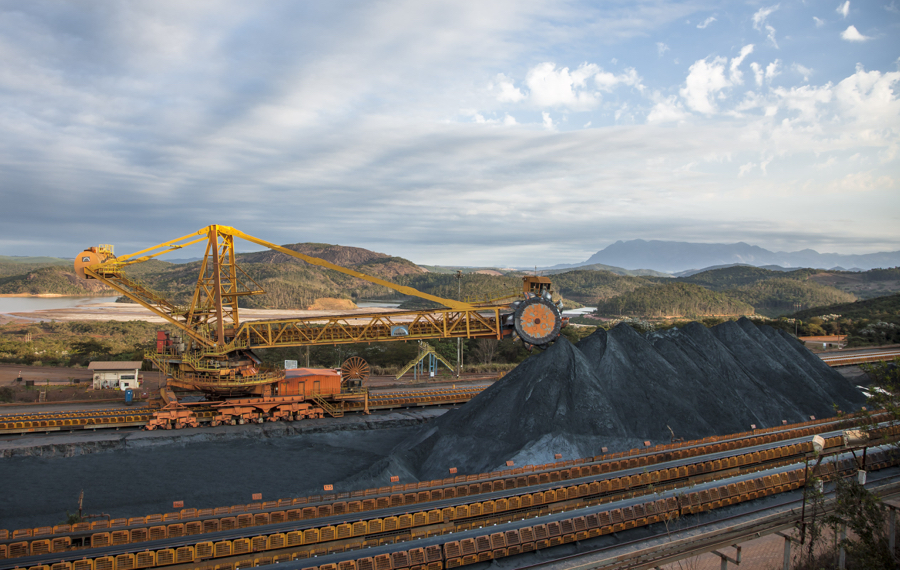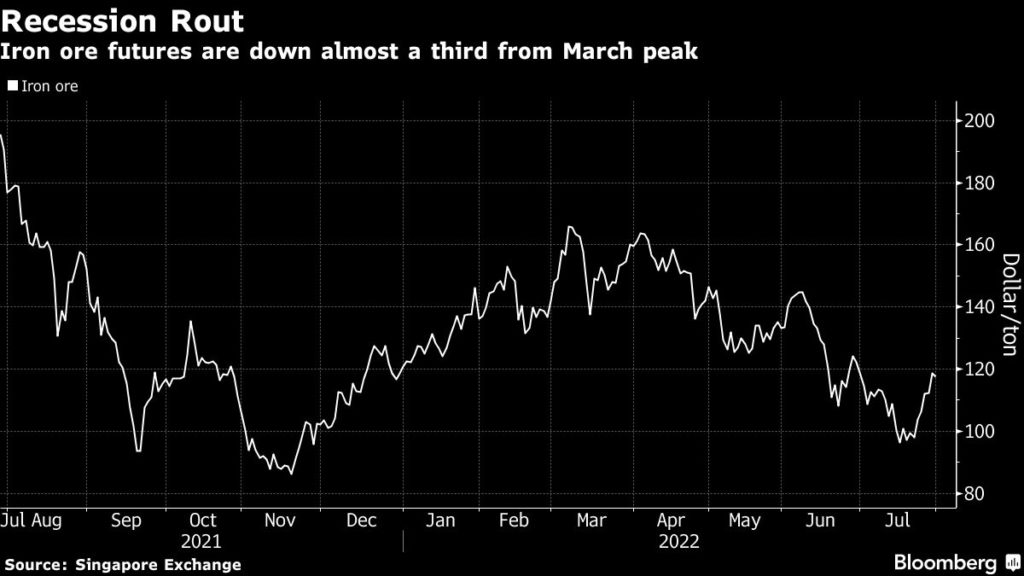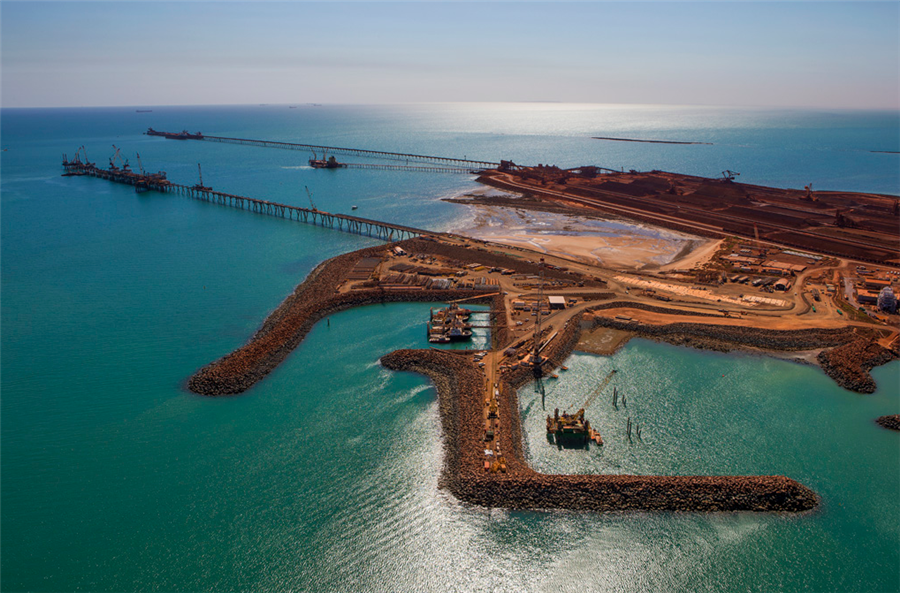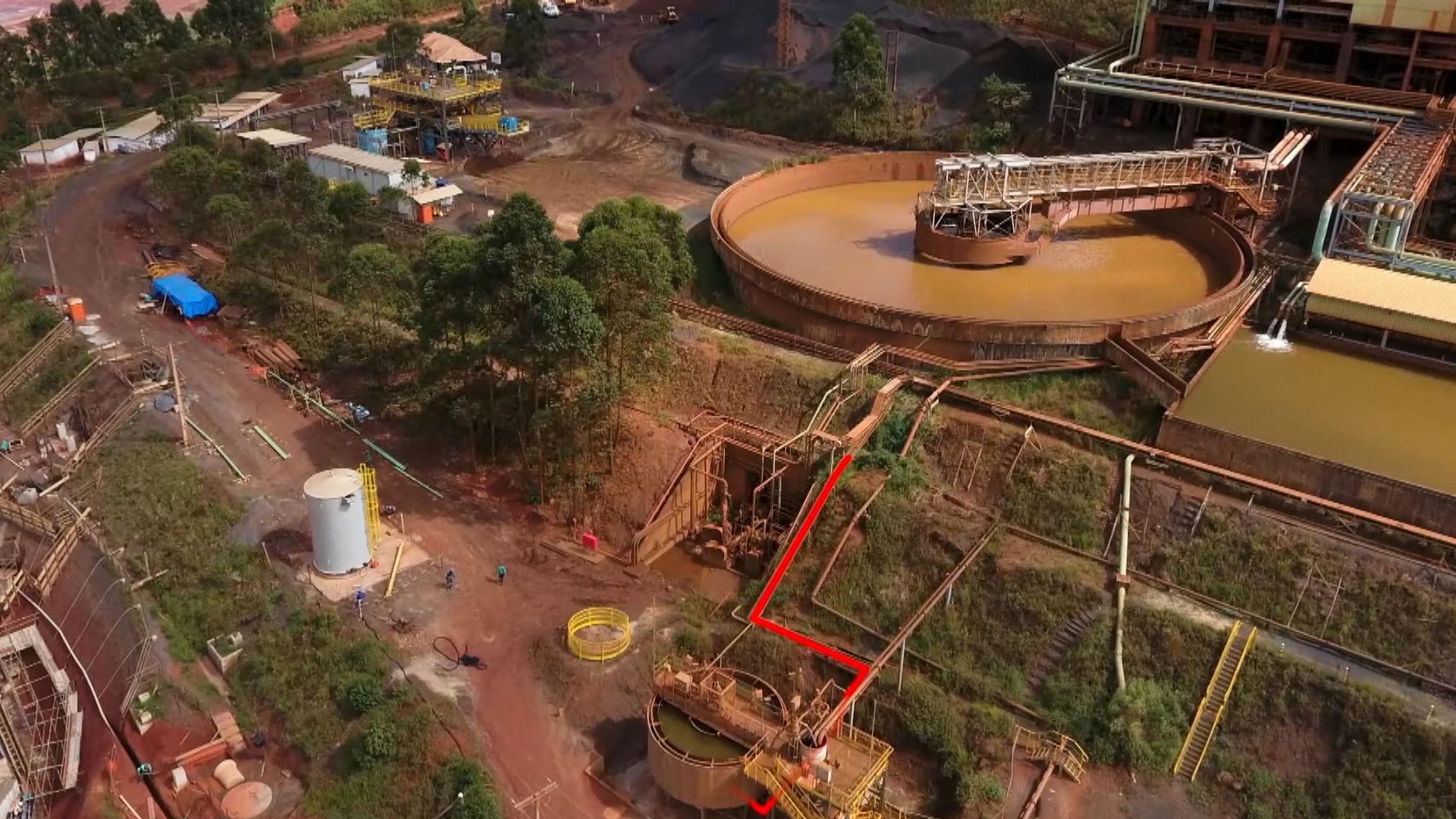Vale earnings disappoint as miners grapple with stagflation

Vale SA struggled more than expected with deteriorating iron ore conditions last quarter, delivering earnings that trailed estimates on rising costs and weaker prices of the steelmaking ingredient.
Adjusted earnings before items came in at $5.25 billion in the second quarter, the Rio de Janeiro-based company reported Thursday. That was well below the record result of a year ago when miners benefited from a post-pandemic commodity boom and also lagged the $6.32 billion average estimate among analysts. Shares fell slightly after the close of regular trading.
Mining companies are enduring a dramatic change of fortunes. Margins that were inflated by surging commodities are now being squeezed as a slump in metal prices collides with inflation and lingering operational and logistical challenges. While iron ore futures have recovered in the past week or so, they’re still down by a third from a March peak as recession fears are compounded by Chinese pandemic restrictions and real-estate woes.
Vale’s average iron ore sales price dropped 31% year-on-year, while its free-on-board cash cost was up 11% on exchange-rate swings and pricier logistics and fuel.

Still, the turbulence wasn’t enough to stop Vale from rewarding investors. The world’s No. 2 iron ore producer said about $3 billion will be paid to shareholders in September. That’s on top of an $8.3 billion buyback program announced in the first quarter.
Vale’s iron ore operations continue to recover from a 2019 dam disaster, which makes it a swing factor on the supply side. The Brazilian firm cut its annual output forecast last week, underscoring the difficulties of ramping up supply and giving a brief respite to iron ore prices.
Vale also lowered its annual output target for copper by 19% as it grapples with extended maintenance and plant stoppages. Vale’s plan to stabilize its copper and nickel operations is taking longer than expected, risking a delay to a possible sale or spin-off of the base-metals division that the firm says could be worth $40 billion.
On a call with analysts Friday, investors will be looking for more insights into iron market conditions, Chinese steel mill demand, capital allocation strategies, inflation and efforts to turn around base metal operations.
(By Mariana Durao, with assistance from Rachel Gamarski)
More News
Rio Tinto posts lowest Q1 iron ore shipments since 2019, tempers forecast
April 15, 2025 | 03:55 pm
Trump orders tariff probe on all US critical mineral imports
April 15, 2025 | 03:16 pm
{{ commodity.name }}
{{ post.title }}
{{ post.date }}




Comments